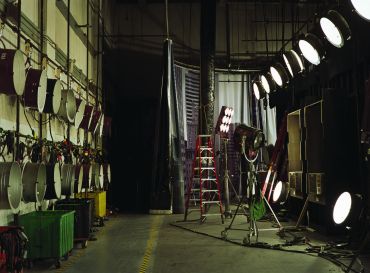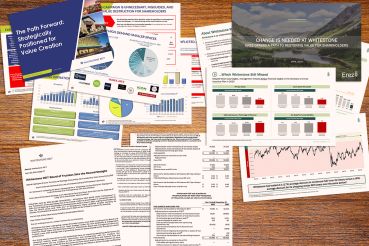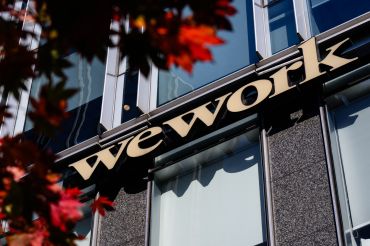As we hit the midyear point, there are several distinct trends that we are seeing in the New York City investment sales market. There are nine that I will review today.
Trend 1: Low Volume of Sales.
Clearly, the volume of sales in the market is moving at an anemic pace. After the $77.1 billion of investment sales in 2015, 2016 saw a drop of 25 percent to $58.7 million. This year, through the first quarter, sales volume was projected to be below $30 billion, a 51 percent reduction from last year’s total. Activity during the second quarter of the year is not likely to change for the better.
Trend 2: Refinancing More Popular Than Selling.
So far this year a number of properties, particularly large office buildings, were taken off the market when they didn’t trade and owners elected to refinance instead. Interest rates have been low, and even with the increase by the Fed earlier this month, we anticipate this to continue in the short term as rates continue to be near historic lows. This trend will also exert downward pressure on sales volume.
Trend 3: Demand Is Still Healthy.
The perception in the marketplace is that the low volume of sales has been caused by purchasers’ market concerns. We do not agree. The volume of sales is, and always has been, more highly correlated to the supply of available properties, not demand. While it is true that some purchasers have gone to the sidelines, or are being much more cautious, there continues to be very healthy demand from a broad range of sectors including foreign buyers (both institutional and high-net-worth individuals), domestic institutions, REITs, families and high-net-worth investors.
Trend 4: User Buyers Are Much More Active.
The slowdown has seen user buyers taking advantage of the circumstances, looking to increase their portfolio of properties out of which to operate. User buyer activity tends to be immune from market conditions, and their activity in the market is very transparent today. These buyers have added to the healthy demand we are seeing.
Trend 5: The Supply of Available Properties for Sale Is Likely to Increase.
There have been two main drivers for this. The first is that downward pressure has been exerted on property values and sellers simply don’t decide to sell today for less than they could’ve gotten yesterday. It takes about 18 to 24 months before people get comfortable with the new reality. Sellers have also commonly said, “If I sell, what do I do with the money?” The low supply of available properties to buy is the reason for the sentiment, which itself creates what economists refer to as a negative feedback loop. However, my team normally performs about five valuations per week for people who are considering selling their properties. For the last month to six weeks our activity level has been three to four times normal, leading us to think that in the second half of the year the supply of available properties could pick up significantly. This might not be enough to tangibly impact the volume of sales in 2017, but it certainly could impact things in 2018.
Trend 6: The Bid-Ask Spread Is Narrowing.
While the bid-ask spread is indeed narrowing, there is still a sizable enough gap to keep the volume of sales muted. It is also the reason we are seeing not only fewer properties placed on the market for sale, but a lower percentage of what is on the market trading. As time goes by, this spread will narrow further as sellers become more in step with the realities.
Trend 7: Fundamentals Are Still Under Stress.
Rents in residential properties continue to face obstacles as the growing supply of rental units, and the large percentage of condominium units that have hit the rental market, continue to exert downward pressure. In the retail market, the amount of vacant space caused by store closings has caused a paradigm shift. Rents continue to experience downward pressure for all but the very best space. And in the office sector, for over a year now concessions have been swelling; now we are starting to see downward pressure exerted on face rents. With all this, we are seeing upward pressure on interest rates. This combination makes our next trend even more difficult to rationalize.
Trend 8: Land Sale Activity Has Tangibly Picked Up.
Notwithstanding Trend 7, over the past 60 days, we have seen a significant increase in activity in the land sale sector. How can this be the case? It could be that developers are restless. Or it could be that buyers could see the massive air bubble caused by the lack of activity (land sale volume was down 75 percent last year from 2015 levels) and want to be the first to come to market with new product three years from now when there hasn’t been much for a while.
Trend 9: Tax Reform Continues to Be Potentially the Biggest Unknown.
Coming into this year, we stated that tax reform had the potential to be either great or devastating for commercial real estate. Six months later, it is still unclear which way reform will fall. Certainly, the Trump administration will seek to make progress on it sometime before the end of the year, but who knows if it will be successful. We are watching this issue more closely than any other to try to determine what 2018 and 2019 might look like for our investment sales market.



